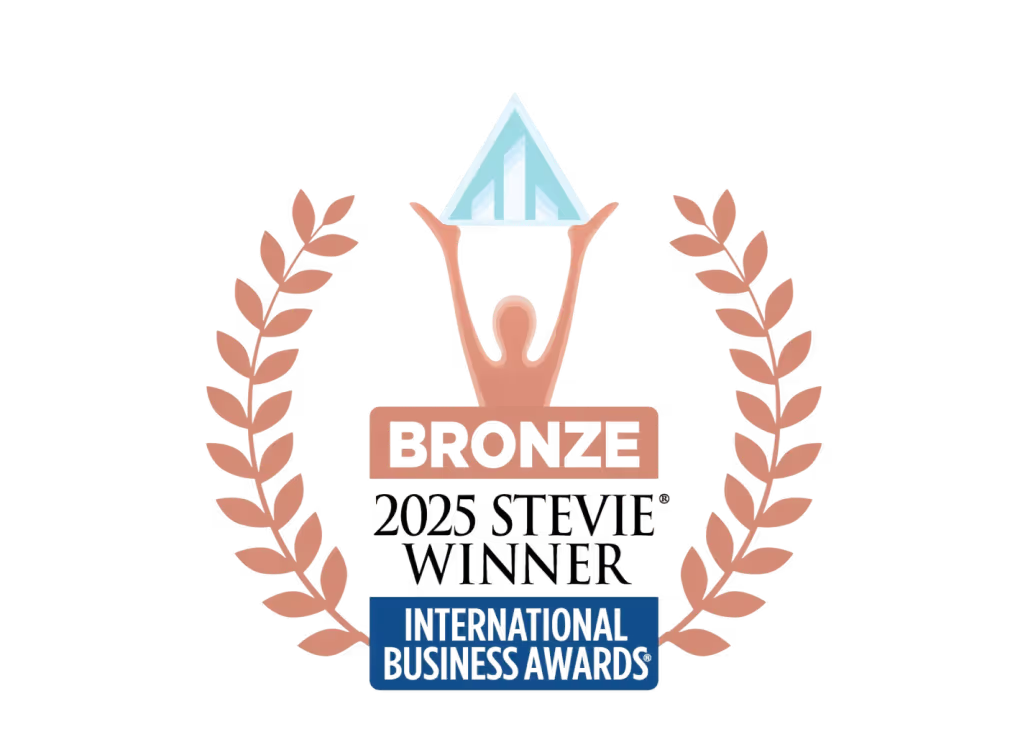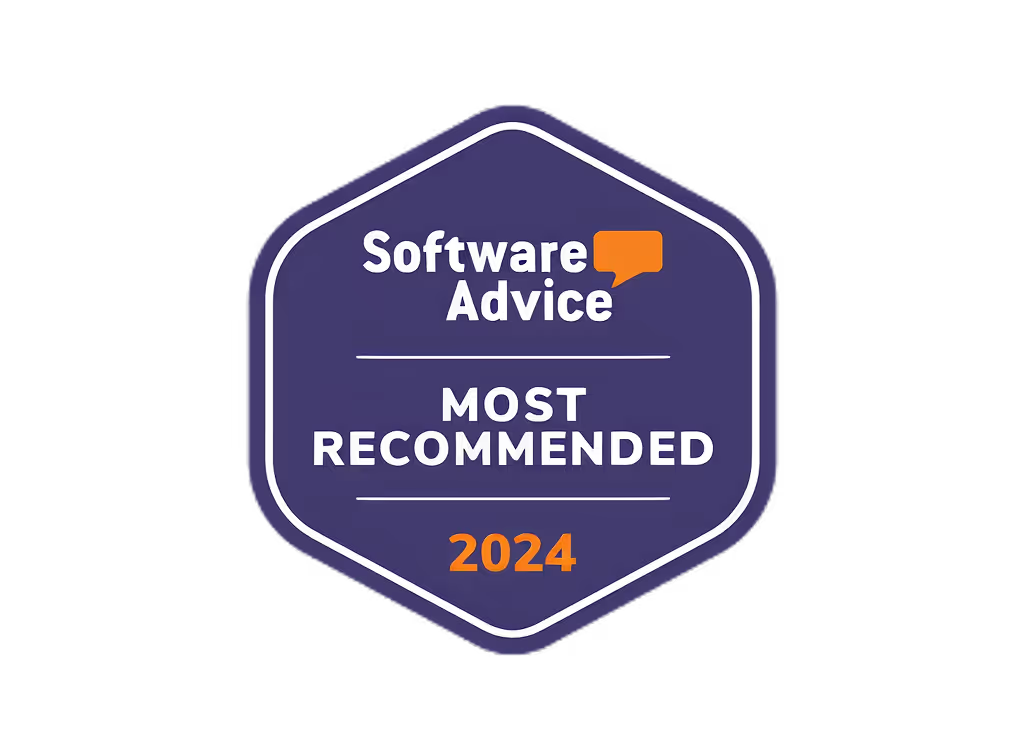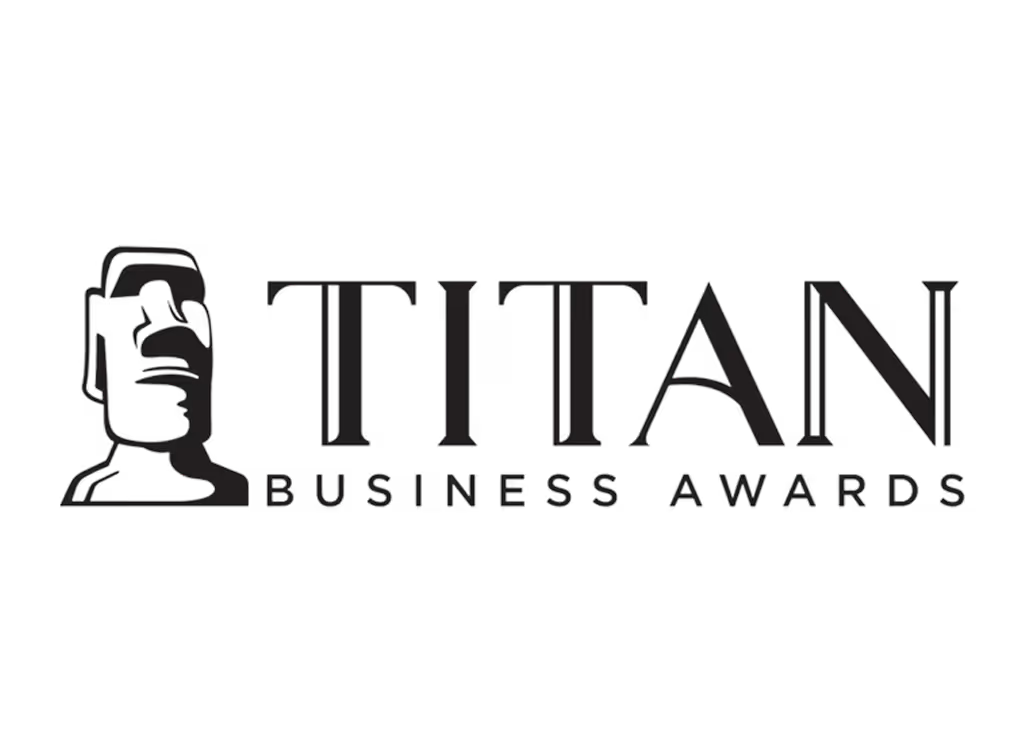Ultimate Guide to web content creation: Best Tools and Resources

Here's a quick overview of web content creation and the top tools and resources you'll need:
AspectKey PointsTypes of ContentText, images, videos, audioMain GoalsProvide value, show expertise, grow businessKey StepsPlan, create, publishMust-Have ToolsWriting: Canva, Grammarly, SEMrush
Visual: Unsplash, Adobe Photoshop, Piktochart
Video: Videostudio, Wondershare DemoCreator
Audio: Audacity, AnchorPlanning ToolsTrello, Asana, CoScheduleSEO ToolsSemrush, Ahrefs, Google Keyword PlannerDistribution ToolsBuffer, Mailchimp, OutbrainLearning ResourcesHubSpot Academy, LinkedIn Learning, Reddit communities
This guide covers everything you need to create, optimize, and share great web content. We'll look at the best tools for each step, from writing and design to SEO and analytics. You'll also find tips on staying current and measuring your content's success.
Related video from YouTube
What is Web Content Creation?
Web content creation is making and sharing different types of content on websites. It helps businesses reach their goals online. This process includes planning, making, and posting content like text, pictures, videos, and audio files.
Types of Web Content
Here are some common types of web content:
TypeDescriptionBlog postsShort articles that give useful informationVideosMoving pictures that teach, entertain, or show productsInfographicsPictures that explain information or dataPodcastsAudio shows that inform or entertainSocial media postsShort updates shared on social platformsE-books and guidesLong, detailed information on specific topics
Key Parts of Good Web Content
Good web content should:
- Be useful for the target audience
- Have correct and interesting information
- Make people want to comment, share, or like
- Show up in search results
- Look nice with pictures or videos
Steps in Content Creation
Here's how to create web content:
1. Plan
- Choose who you want to reach
- Decide what you want to achieve
- Make a plan for your content
2. Research
- Find information and facts for your content
3. Create
- Write, design, or make your content
4. Edit
- Check and improve your content
5. Optimize
- Make your content easy to find online
6. Publish
- Put your content on your website or social media
7. Promote
- Share your content through email, social media, or ads
Must-Have Tools for Web Content Creation
To make good web content, you need the right tools. Here are some useful tools for writing, designing, video, and audio content.
Writing and Editing Tools
Good writing is important for web content. Here are some tools to help you write better:
ToolWhat it doesCanvaHelps you design and write contentGrammarlyChecks your spelling and grammarSEMrushHelps you find topics and keywords
Visual Content Tools
Pictures and graphics are important for web content. Here are some tools to help you make good visuals:
ToolWhat it doesUnsplashGives you free pictures to useAdobe PhotoshopHelps you edit and make picturesPiktochartHelps you make infographics
Video Creation and Editing Tools
Videos are becoming more popular. Here are some tools to help you make good videos:
ToolWhat it doesVideostudioHelps you edit videos with many featuresWondershare DemoCreatorEasy-to-use video editorMedia ComposerHelps you edit videos quickly
Audio Content Tools
Audio content, like podcasts, is also important. Here are some tools to help you make good audio content:
ToolWhat it doesAudacityFree tool to record and edit audioAnchorHelps you make and share podcastsDescriptHelps you edit audio with extra features
These tools will help you make good web content that people will like and that will help your website do well.
Content Planning and Management
Content planning and management help you organize your web content creation. These steps make sure your content is good and fits what your readers want.
Editorial Calendar Tools
Editorial calendars help you plan and organize your content. Here are some useful tools:
ToolWhat it doesTrelloHelps you track content creationAsanaHelps you plan and manage content projectsCoScheduleHelps you plan, post, and check how well your content does
Project Management Tools for Content Teams
These tools help content teams work together better:
ToolWhat it doesNotionHelps you manage creative work and team projectsMonday.comHelps you organize content work and team tasksClickUpHelps you manage tasks, track goals, and work with your team
Content Idea Generation Tools
These tools help you come up with good content ideas:
ToolWhat it doesAnswerThePublicFinds questions people ask to give you content ideasBuzzSumoShows you popular content and helps you research ideasGoogle TrendsShows you what topics are popular in searches
Using these tools can make your content planning and management easier and more effective.
SEO and Content Optimization Tools
SEO and content optimization tools help you make web content that both people and search engines like. These tools can improve your content plan, find new chances, and check how well your content is doing.
Keyword Research Tools
Keyword research tools help you find words and phrases that people use to search for content like yours. Here are some good keyword research tools:
ToolWhat it doesSemrushHelps with keyword research, checking competitors, and tracking rankingsAhrefsHelps with keyword research, content checking, and tracking backlinksGoogle Keyword PlannerFree tool to find keyword ideas and see how often they're searched
On-page SEO Tools
On-page SEO tools help you make your content better for search engines. They look at things like meta tags, headers, and how your content is set up. Here are some good on-page SEO tools:
ToolWhat it doesYoast SEOWordPress plugin to make SEO, readability, and schema markup betterMoz On-Page GraderChecks on-page SEO and gives tips to make it betterSEO Writing AssistantMakes sure content follows SEO rules and is easy to read
Content Performance Tracking Tools
Content performance tracking tools help you see how well your content is doing. They look at things like how many people view your page, how they interact with it, and how many become customers. Here are some good content performance tracking tools:
ToolWhat it doesGoogle AnalyticsTracks website visitors, what they do, and how content performsHubSpotMarketing and sales platform with detailed content analysisHotjarShows heatmaps and recordings of how people use your content
These tools can help you make your web content better and easier to find online.
sbb-itb-606b7a1
Content Distribution and Promotion Tools
Tools for sharing and promoting content help you reach more people and get them interested in your web content. These tools fall into three main groups: social media tools, email tools, and content sharing sites.
Social Media Management Tools
These tools help you plan, post, and check how well your social media content does. Here are some popular ones:
ToolWhat it doesBufferHelps you plan, post, and check social media content on different sitesHootsuiteLets you plan posts, watch how people react, and see how well they doSprout SocialHelps you post, talk to people, and see how your content is doing
Email Marketing Tools
These tools help you send emails to many people at once and make them personal. Here are some good ones:
ToolWhat it doesMailchimpHelps you send emails, group people, and see how well your emails workConstant ContactLets you make email campaigns, send them automatically, and see the resultsConvertKitHelps creators send emails and make money from their audience
Content Sharing Platforms
These sites help more people see your content. Here are some popular ones:
ToolWhat it doesOutbrainPuts your articles, videos, and blogs on big websitesTaboolaSuggests your content on busy websites to get more viewsMediumLets you share long articles with lots of people
Using these tools can help you get your content in front of more people and make them want to read it.
Resources for Content Creators
Places to learn, connect, and get ideas for web content creators.
Online Courses and Tutorials
Learn how to make better content with these free and paid online courses:
Course ProviderWhat They OfferHubSpot AcademyFree lessons on content marketing, SEO, and online marketingLinkedIn LearningPaid classes about making content and online marketingCourseraCourses from top schools about making content and online marketing
Content Creation Communities
Talk to other content creators, share ideas, and learn from them:
CommunityWhat It's AboutReddit Content CreationPeople talk about content marketing plans and share what they knowContent Marketing InstituteGives resources, research, and events for content creatorsQuoraAsk questions and get answers from content marketing experts
Inspiration and Trend Sources
Find new ideas and see what's popular in content creation:
SourceWhat It DoesPinterestShows you pictures and ideas for contentBuzzSumoHelps you find popular content and see how well it's doingGoogle TrendsShows you what people are searching for right now
These resources will help you get better at making content, learn what's new, and meet other content creators.
Tips for Good Web Content
Here are some tips to help you make good web content:
Making Content for Different Platforms
Different platforms need different types of content. Here's what works best on some popular platforms:
PlatformBest Content TypeFacebookLinks, videos, imagesTwitterShort, clever messages (140 characters)InstagramHigh-quality imagesYouTubeHigh-quality videos
Know what works on each platform and make your content fit.
Keeping a Consistent Brand Voice
Use the same voice, tone, and style in all your content. This helps people know and trust your brand. Use the same:
- Language
- Style
- Format
Keeping Up with Changes
The internet is always changing. New trends and rules come up often. To keep your content good:
- Stay up-to-date with new things
- Go to webinars and workshops
- Meet other content makers
This will help you make content that people like and want to see.
Measuring Content Success
Knowing how well your content does is important. It helps you see what works and what doesn't, so you can make your content better.
Key Metrics for Content
To see how well your content is doing, you need to look at some numbers:
MetricWhat it meansPage viewsHow many times people look at your contentEngagement ratesHow many likes, shares, and comments your content getsConversion ratesHow many people do what you want them to do (like buying something)Bounce ratesHow many people leave your website right awayAverage time on pageHow long people stay on your website
Tools for Content Analysis
There are tools that can help you check how your content is doing:
ToolWhat it doesGoogle AnalyticsShows you how many people visit your website and what they doHotjarShows you where people click and how they use your websiteHubSpotHelps you see how well your content is working
A/B Testing Tools
A/B testing helps you try different versions of your content to see which one works best. Here are some tools for A/B testing:
ToolWhat it doesOptimizelyLets you try different versions of your contentVWOHelps you test your content and see what works bestGoogle OptimizeFree tool to test different versions of your website content
These tools can help you make your content better and see how well it's working.
Future of Web Content Creation
The way we make web content is always changing. Let's look at what's coming next, including new tools, types of content, and how to keep up with what people want.
New Tools for Making Content
New computer programs are making it easier to create content:
ToolWhat it doesAI writing toolsWrite content quicklyAI image makersCreate pictures without drawingAR and VR toolsMake content you can see and touch
These tools help make content faster and in new ways.
New Types of Content
People will want different kinds of content in the future:
Content TypeDescriptionInteractive contentQuizzes, games, and tools people can useVirtual experiencesContent that feels like you're really therePersonal contentContent that changes for each person
These new types of content will help keep people interested.
Keeping Up with What People Want
To make good content in the future, you need to:
- Watch what people like and don't like
- Learn about new tools and ways to make content
- Try new things and see what works
By doing these things, you can make content that people want to see and use.
The future of web content will have new tools, new types of content, and changing likes from people. If you learn about these changes, you can make better content that more people will enjoy.
FAQs
What is the tool used for content creation?
Canva is a tool many people use to make content. It's a design tool that works on computers, phones, and tablets. You can use Canva to make:
Type of ContentExamplesPicturesPosters, social media posts, logosVideosShort clips, animationsWritten contentFlyers, brochures, resumes
Canva is easy to use and has many options to help you make different kinds of content for your website or social media.

















